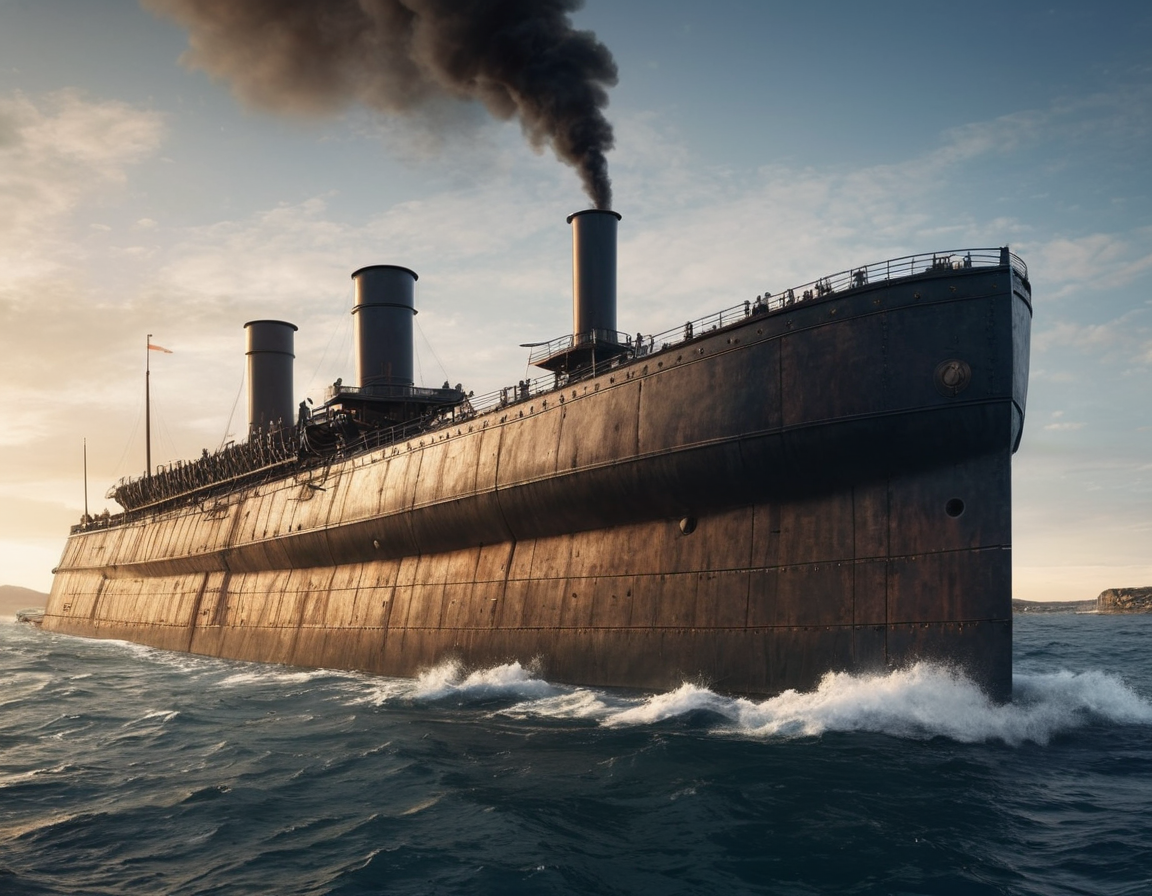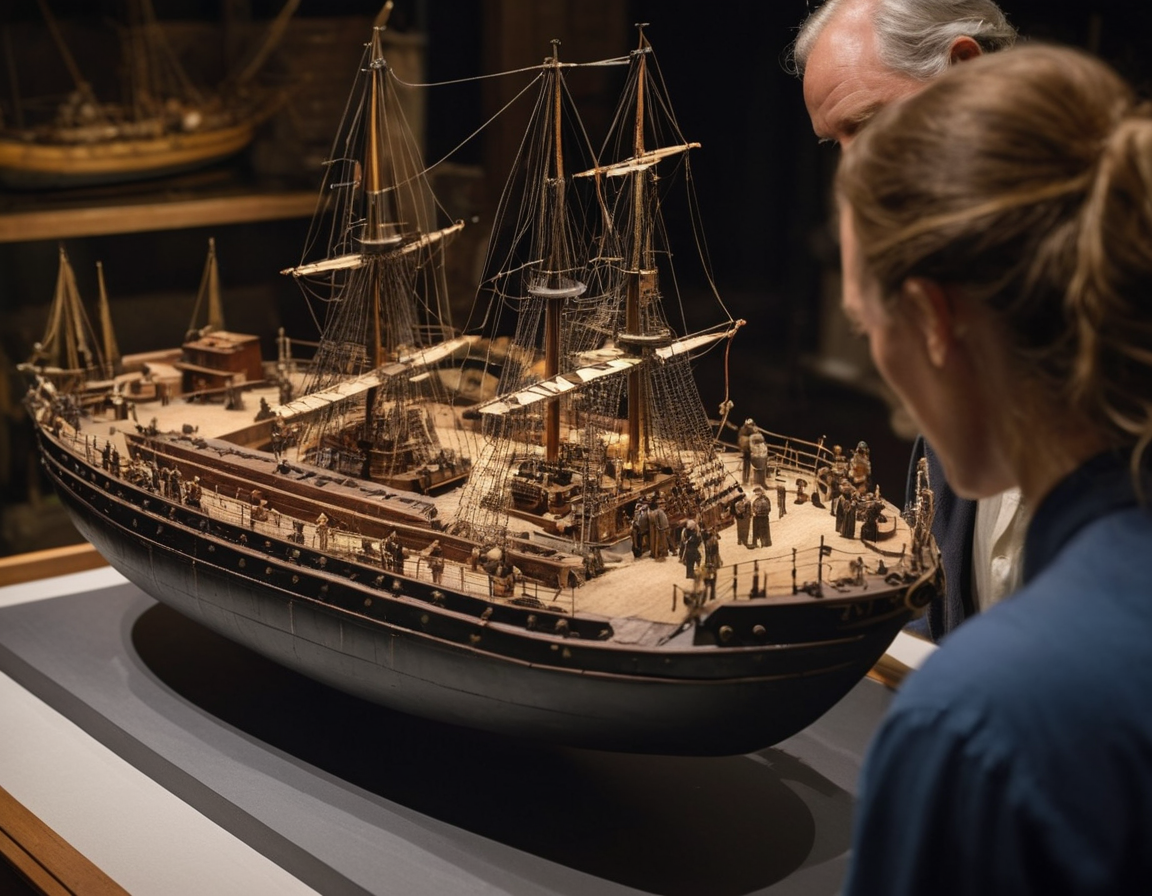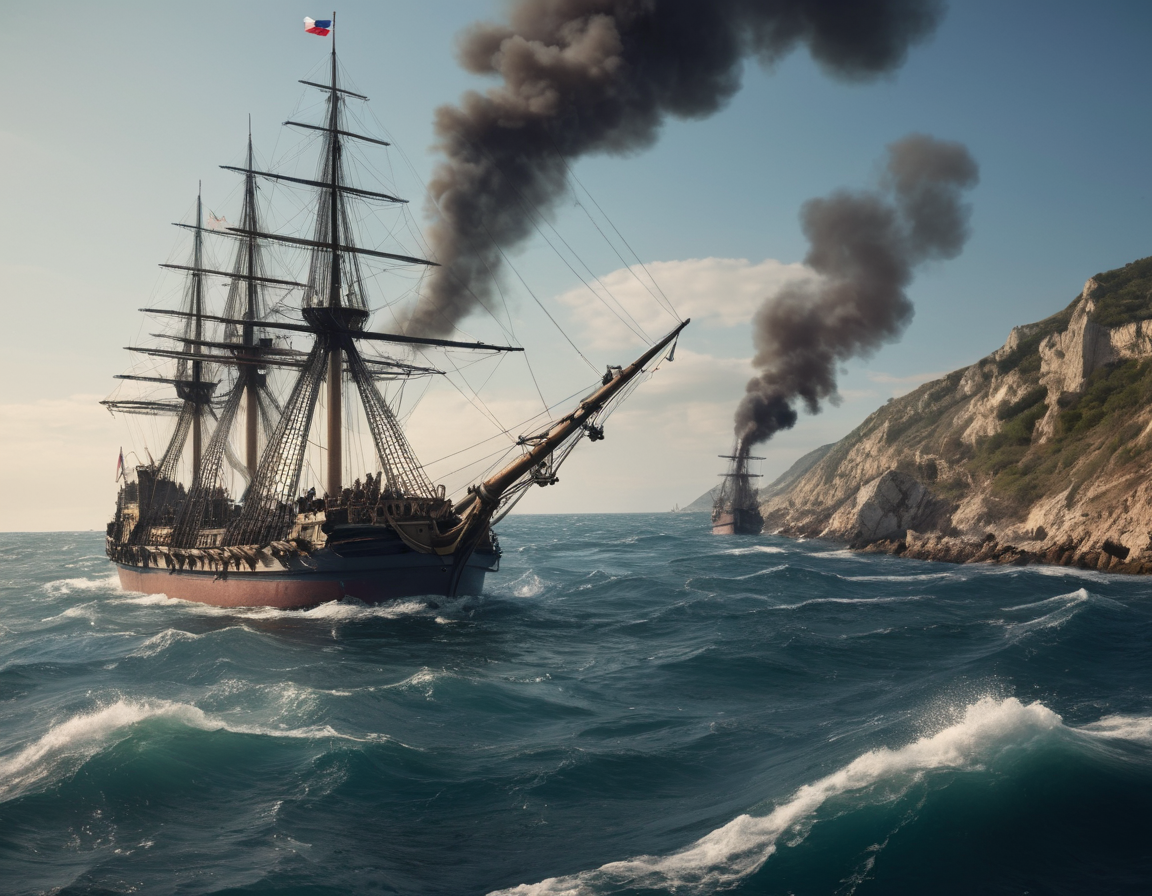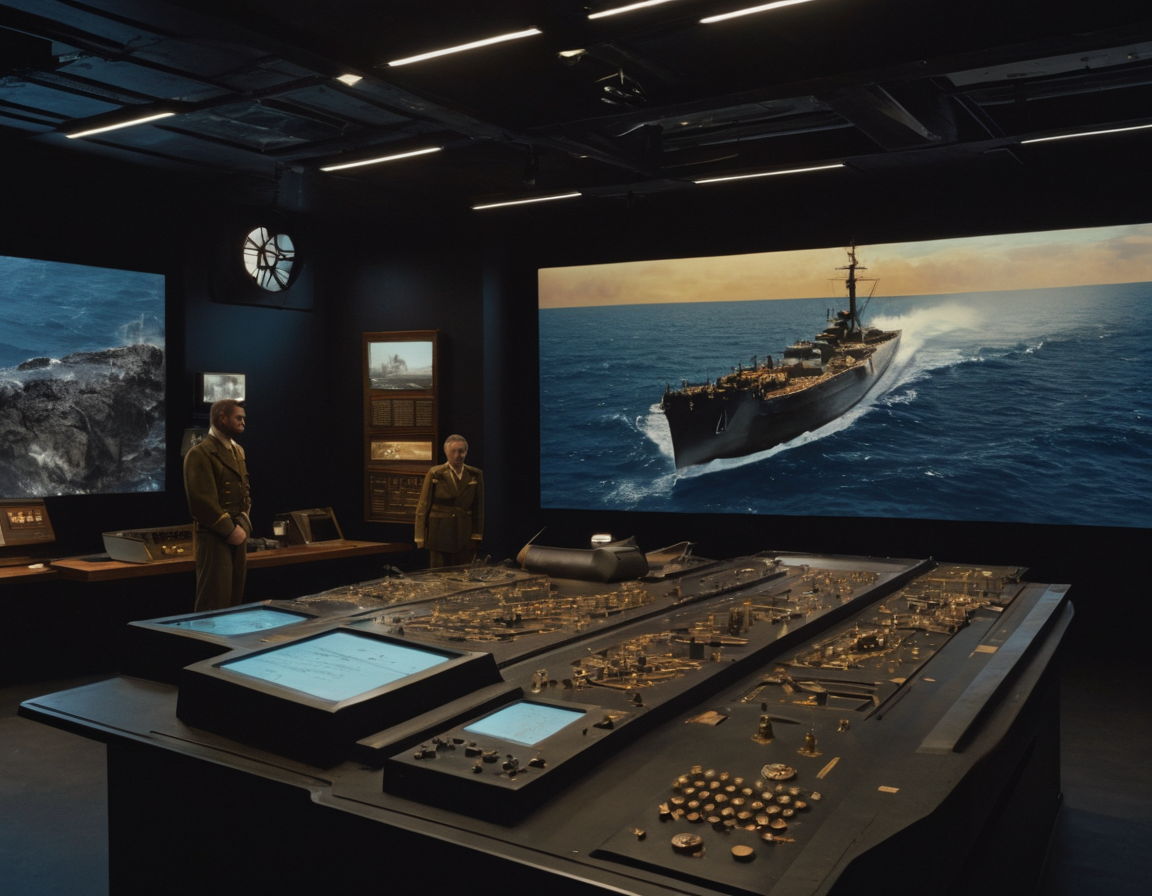Reviving Naval History: The Legacy of the French Ironclad Floating Battery Lave
The Resurgence of the French Ironclad Floating Battery Lave
Amidst the waves of historical narratives that ebb and flow through our collective memory, certain maritime marvels stand as testaments to human ingenuity and the ever-evolving art of naval warfare. One such relic, which has recently surfaced in academic and enthusiast discussions, is the imposing figure of the French ironclad floating battery, Lave. A formidable force in its own right, Lave’s story is not just about naval architecture, but also about the broader strokes of history that it witnessed and influenced.

The Birth of Ironclad Warfare
The mid-19th century marked a revolutionary era in naval design as wooden ships of the line slowly gave way to iron-hulled behemoths. The introduction of steam power and explosive shells necessitated a different kind of warship—one that could withstand significant punishment while delivering lethal firepower. The French ironclad floating battery Lave epitomized this transformation. Stationary yet powerful, Lave was a key player in the Crimean War, exemplifying the might and technological advancement of the French Navy.
Reviving the Past: Why Lave Matters Today
In a world that frequently looks forward, why do we find ourselves drawn to the relics of the past like Lave? The answer lies in our unending quest to understand our journey as a civilization. Maritime history, in particular, offers invaluable insights into the technological advancements, strategic thinking, and historical context of different eras. The resurgence of interest in vessels like Lave underscores an appreciation for the marvels of maritime ingenuity and a desire to comprehend the full scope of naval heritage.

Charting the Course: Expert Opinions on Lave’s Significance
To further delve into Lave’s significance, naval historians and marine archaeologists lend their voices in emphasizing the floating battery’s role in seafaring history. From structural design breakthroughs to tactical applications in warfare, Lave is a topic of great discussion in symposiums and scholarly articles, igniting conversations about naval strategy and the progress of marine engineering.
A Wave of Influence: The Real-World Impact of Ironclads
Lave’s presence on the water was more than just a show of force; it directly influenced the outcomes of confrontations and the geopolitical landscape of its era. As the precursor to modern warships, floating batteries like Lave altered the course of naval warfare and established new naval doctrines that persist in various forms to this day.

Into the Horizon: The Future Outlook on Naval Heritage Preservation
The historical significance of ships like the Lave isn’t locked away in the past. It propels forward in the efforts of preservationists and historians who work to maintain this heritage for future generations. Recently, there has been a push for the digital reconstruction of such iconic vessels, allowing audiences worldwide to explore the complexities of these ironclad behemoths virtually. Museums and interactive exhibits have also played a crucial role in bringing these stories to life, ensuring Lave’s legacy sails into the future.
Embark on a journey through history and discover more about the indomitable spirit of the French Navy as we explore further into the legacy of the Lave and the era of ironclad floating batteries.

Are you fascinated by maritime history and the evolution of naval warfare? Share your thoughts in the comments below and join the conversation on the enduring impact of vessels like the Lave.






